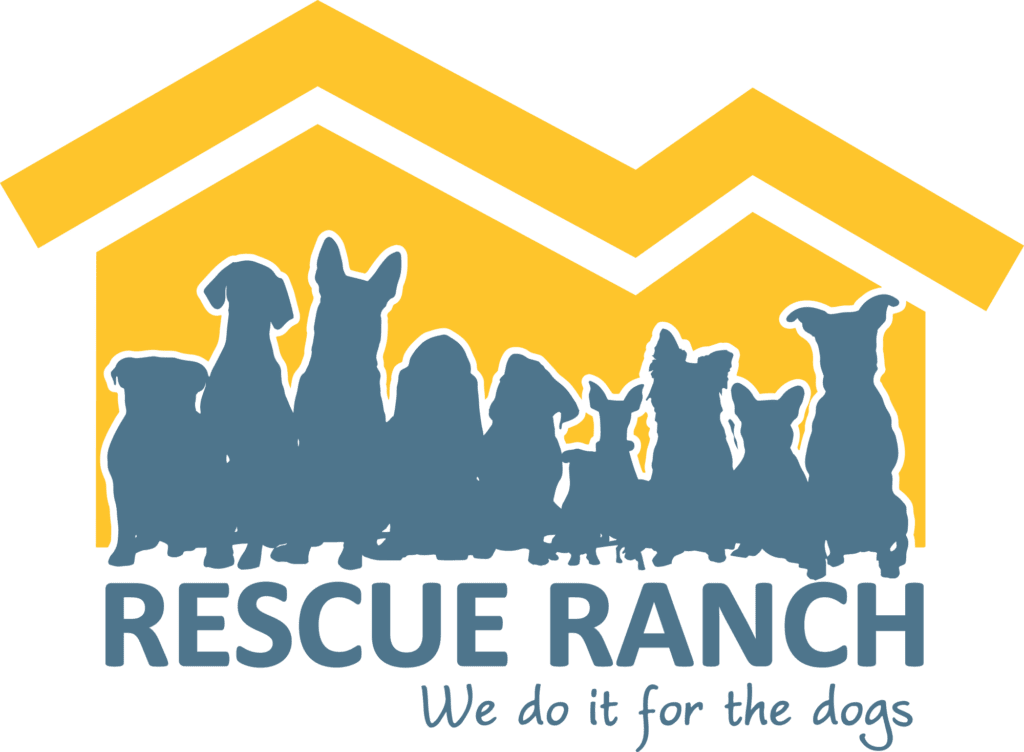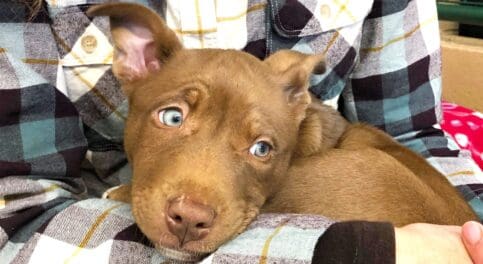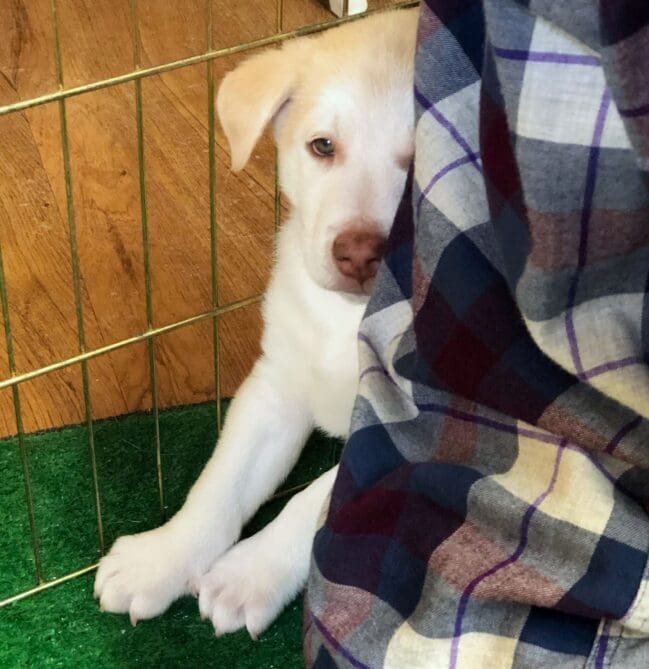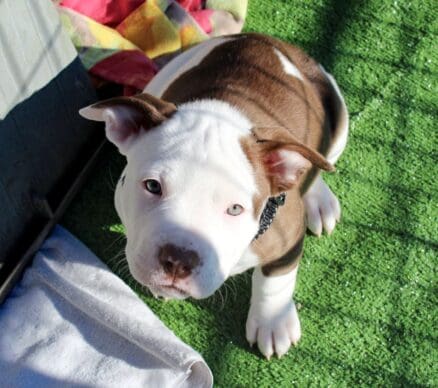Anyone who has raised a puppy has experienced it: out of nowhere, your confident pooch reacts fearfully to something for no apparent reason. Maybe she cowers and tries to escape the feared object. Or maybe, she begins to bark and growl in an attempt to make the scary thing go away! However they manifest, puppy fear stages often go unrecognized by dog owners, who find these episodes perplexing. But they are a normal part of the developmental process. With gentle support, your scaredy-pup will grow into a confident, happy dog.
Puppy fear stages are natural
Among wild dogs, these periods of super-sensitivity occur when youngsters are learning survival skills from their mothers and pack members, like knowing when to run! Most puppies go through three distinct fear stages, each lasting 2-3 weeks. It varies, but smaller breeds generally reach these stages sooner.
- Stage 1: 5-6 weeks. Occurs when a puppy is still in the care of its foster parent or breeder. Because of this, only the next two stages are of concern for adopters.
- Stage 2: 8-11 weeks. This is when most puppies leave their litters and enter a new home. During this time, your puppy is adjusting to a new world of smells, sounds, and sights. If she’s been thoroughly socialized, she’ll likely be more confident. Still, it’s natural for her to be intimidated by her new environment.
- Stage 3: 6-14 months. This one surprises many people: their puppy appears fully grown, they’ve probably been socializing her for months, and she’s adapted to her new life. Yet, suddenly, she’s terrified of an object she’s always ignored. Or, more concerningly, she barks or growls and lunges at objects or people. This is when many adopters hit the panic button. What a relief to realize that your puppy isn’t aggressive: she’s just frightened. Remember, fear stages are totally normal.
Help your scared puppy grow into a happy dog
Your puppy looks to you for guidance when she’s afraid. It’s important to cultivate a calm, safe environment where she can gain confidence at her own pace. Socialization–exposing your puppy to a variety of places and people–is absolutely critical, but it’s also important never to force her into scary situations.
How you can help:
- Bring your puppy home when the whole family can be together without distractions
- Keep things quiet for the first few days (no parties!)
- Try to make each new experience positive
- Praise her for bravely exploring and meeting new people
- Add new experiences gradually
- Socialize, socialize, socialize
When your pup is fearful/anxious:
- Remain cheerful and calm
- Speak in a light, reassuring tone
- Reward her for bravely approaching/sniffing something scary
- Retreat if necessary
- If she reacts repeatedly to a specific situation/person, seek professional advice
Usually, a calm attitude and cheerful tone are all that’s needed, in addition to continued socialization. For persistent fears, however, you may need to carefully desensitize your pup to a specific trigger. With patience and understanding, her fears will eventually melt away and she’ll develop into a well-adjusted, happy dog.
























